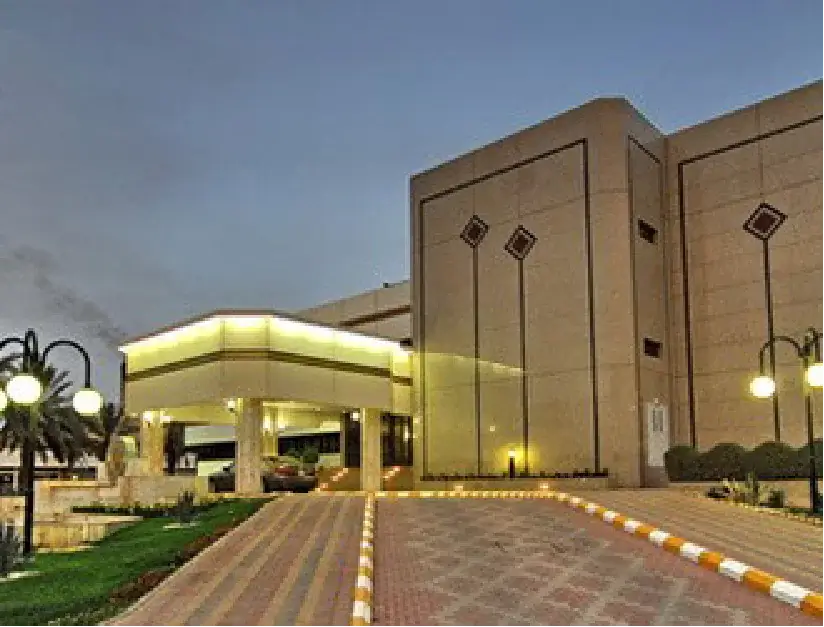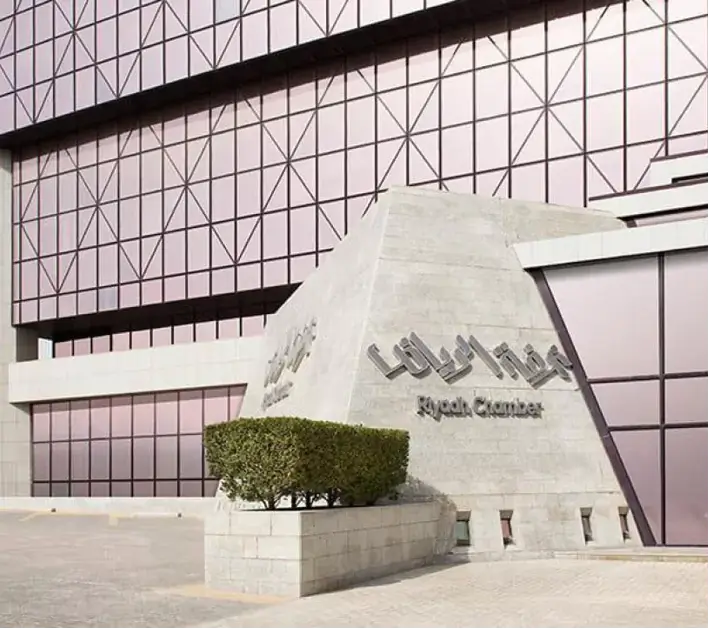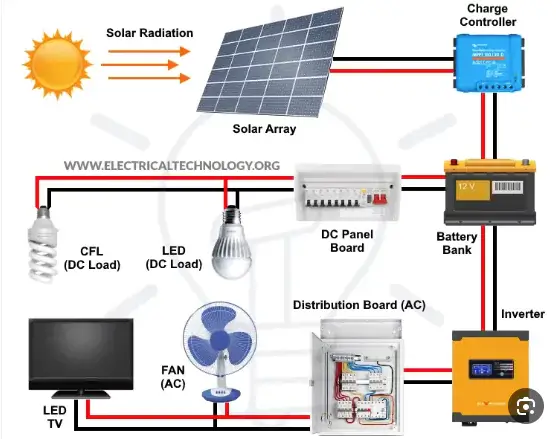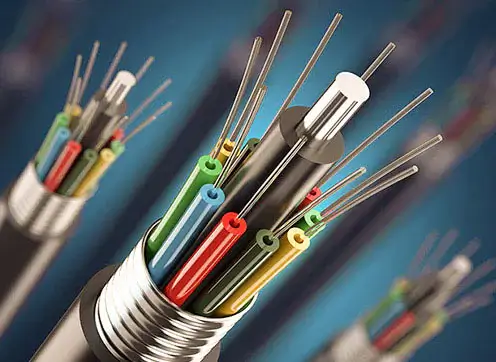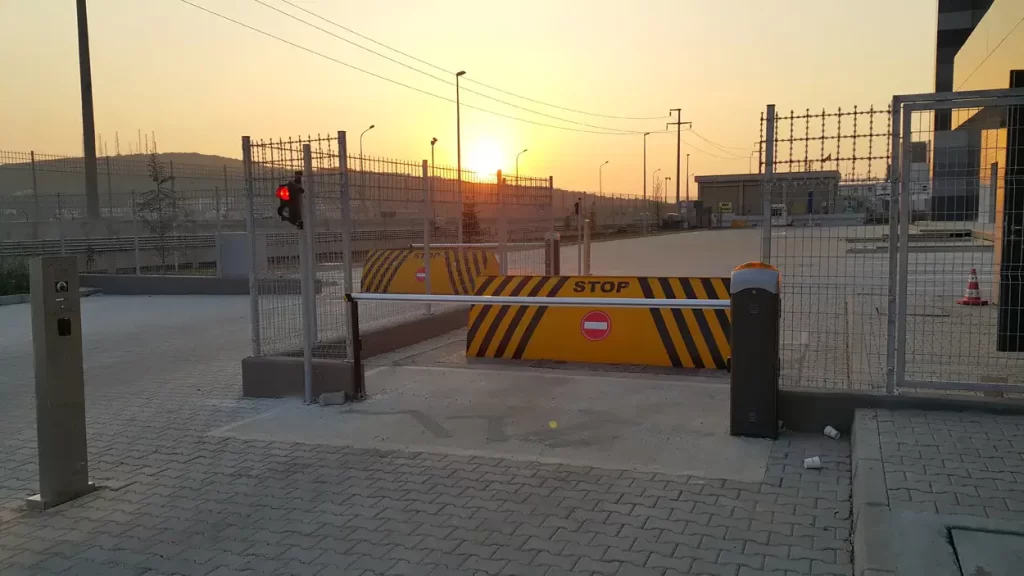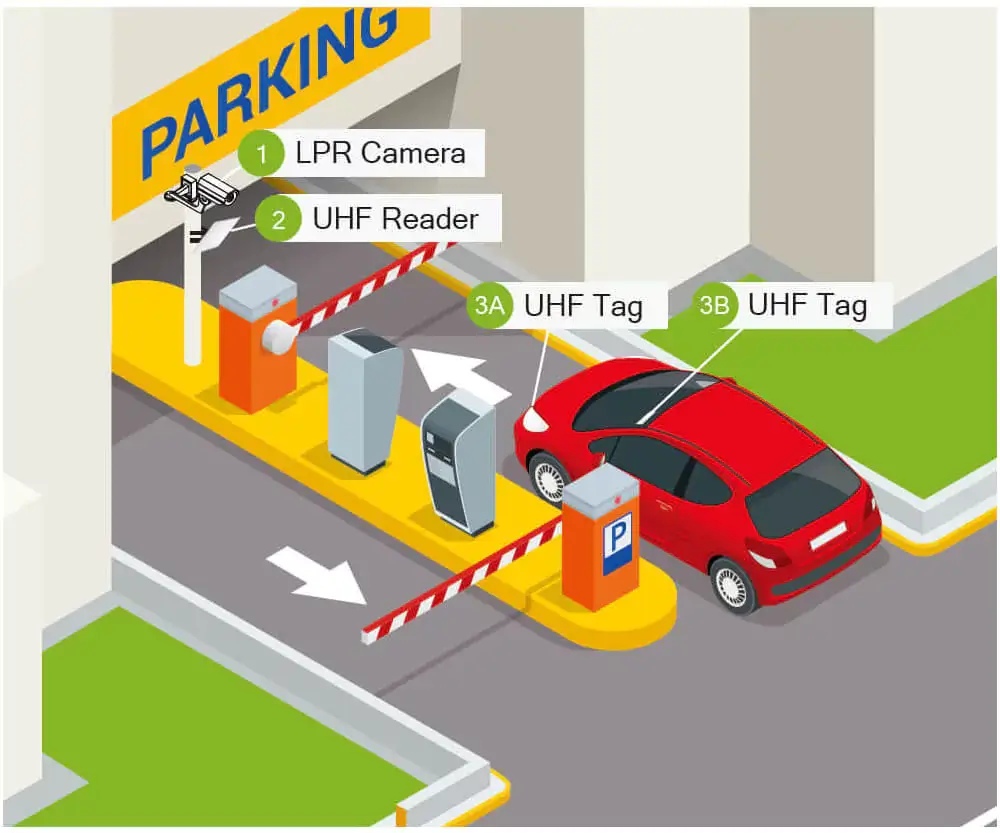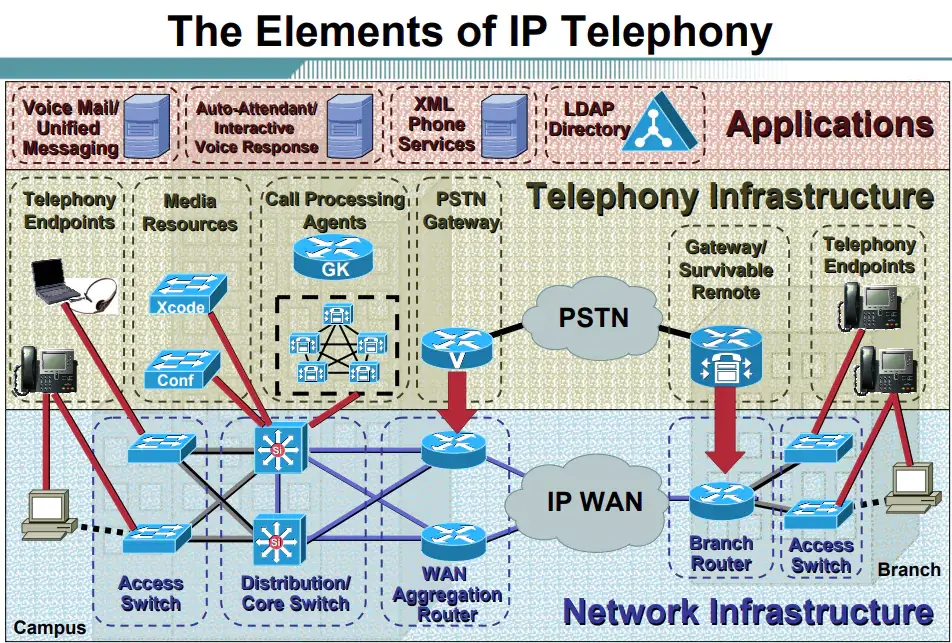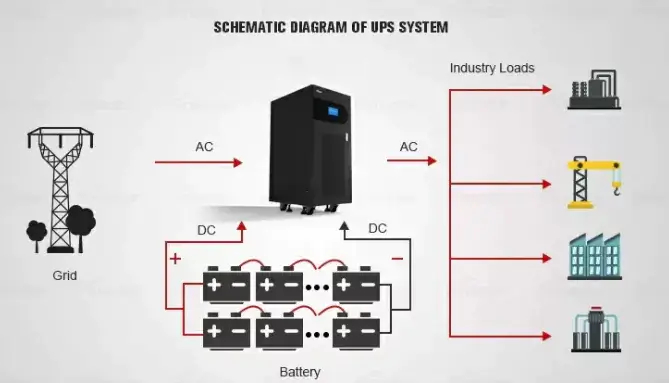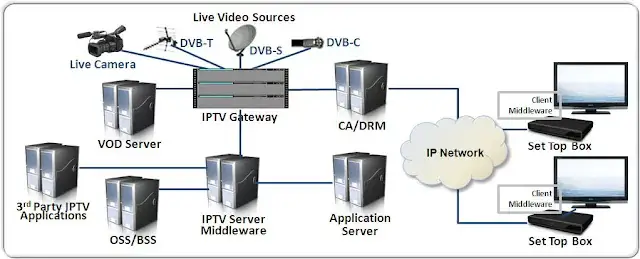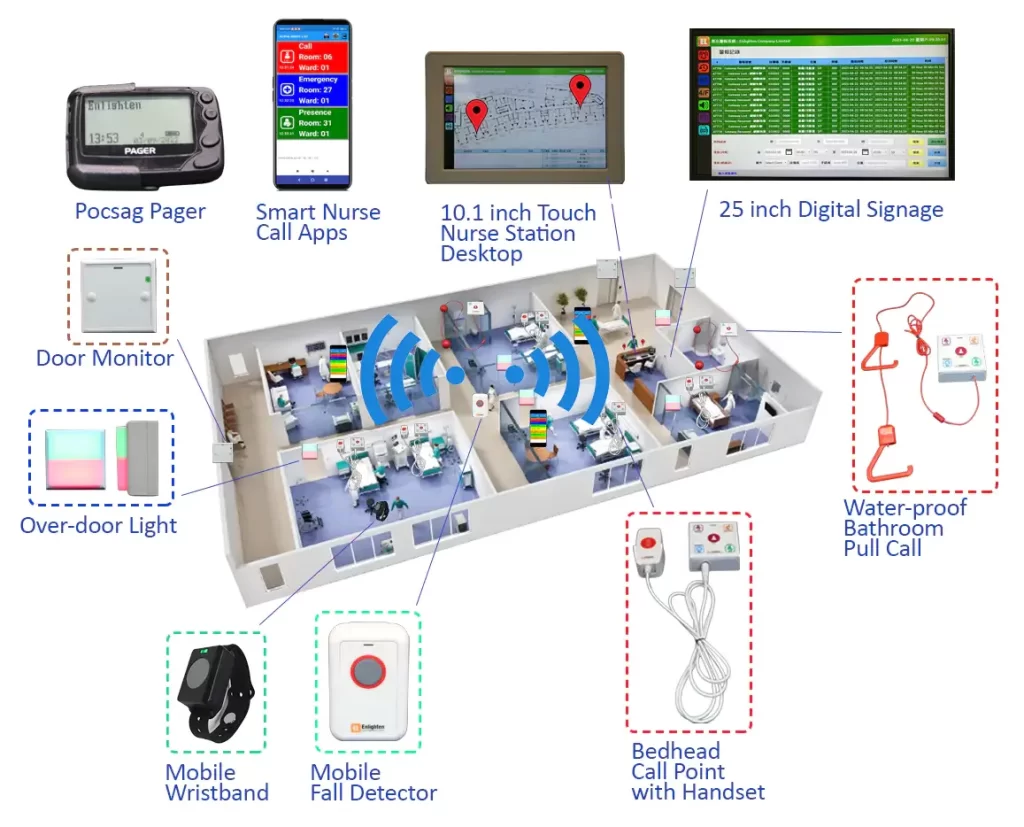تفاصيل الحل
حلول الكابلات
أحدث المشاريع :
شبكة الكابلات هي عملية ربط الأجهزة بمصدر الإنترنت. لكي تكون شبكة الكابلات فعّالة، يمكن للشخص أن يولي اهتمامًا لطول الكابل، والحماية، ومعدل بيانات الكابل، ومكان تركيبه. يسمح معدل البيانات (أو السرعة) لكابلات الشبكة بنقل ملايين البيانات في الثانية. تعتمد هذه السرعة على غرض الكابل (إذا تم تركيبه في مبنى تجاري أو منزل). تأتي كابلات الشبكة بأطوال متنوعة وأغلفة سميكة تحمي الموصلات الكابلية من التداخل الكهرومغناطيسي أو العوامل الخارجية. في المباني التجارية، تكون كابلات الشبكة المثبتة ذات تصنيف للحرائق وتصنيف للهواء الموجود بالمناطق العلوية.
هناك أربعة أنواع رئيسية من كابلات الشبكات تستخدم على نطاق واسع:
الأنواع الأربعة المختلفة لكابلات الشبكات يمكن تقسيم كابلات الشبكات إلى أربعة أنواع: كابلات الكواكبل، وكابلات الشبكة المعزولة الملتوية (STP)، وكابلات الشبكة غير المعزولة الملتوية (UTP)، أو كابلات الألياف البصرية.
- 1. كابلات coaxial
- 2. كابلات الشبكة المعزولة الملتوية
- 3. كابلات الشبكة غير المعزولة الملتوية
- 4. كابلات الألياف البصرية
تنقسم كابلات الألياف البصرية إلى كابلات ألياف وضعية فردية أو ألياف وضعية متعددة. تدعم كابلات الألياف الوضعية الفردية (SMF) مسافات أطول، في حين تنقل كابلات الألياف الوضعية المتعددة (MMF) كميات أكبر من البيانات.
الفئات المختلفة لكابلات الشبكة


كل نوع من أنواع كابلات الشبكات يعمل مع واحد أو أكثر من الفئات. توفر هذه الفئات نتائج أفضل وفعالة لأنواع الكابلات المختلفة، وتنقسم إلى ثماني فئات:
Cat1 – تستخدم كابلات الفئة الأولى للهواتف السلكية والمودمات، وتعتبر كابلات الشبكة المعزولة الملتوية الشائعة في هذه الفئة.
Cat2 – استُخدمت هذه الفئة على نطاق واسع في الثمانينات للهواتف وشبكات الحلقة.
Cat3 – في بداية التسعينات، كانت كابلات الفئة الثالثة تستخدم لكابلات الإيثرنت المكونة من أربعة أزواج ملتوية من الأسلاك، ويمكن العثور عليها عادة في المباني القديمة.
Cat4 – هذا النوع من الكابلات، مثل Cat3، يُرى عادةً في المباني القديمة وكان يستخدم لأغراض حلقة الرمز.
Cat5 – تم تقديم كابلات الفئة الخامسة في منتصف التسعينات مع إمكانية الإيثرنت السريعة. تم استخدامها بسبب سرعتها العالية ومقاومتها.
Cat6 – توفر الفئة السادسة معدل نقل بيانات أكبر من Cat5. تستخدم في المباني التجارية التي تتطلب إيثرنت جيجابت واسع النطاق. في عام 2009، تم تقديم Cat6a كنسخة محسنة من Cat6.
Cat7 – توفر هذه الكابلات بنية أساسية أقوى. يمكن للتحسين Cat7a نقل 40 جيجابت.
Cat8 – تحتوي الفئة الثامنة على موصلاتها ملفوفة بالألومنيوم، مما يسمح بمعدلات نقل بيانات أعلى.
- تصميم المستقبل بامتياز
- الهندسة بالطريقة الأفضل
أحدث المشاريع :
هل تريد بناء مشروع الان
الموقع
البريد الإلكتروني
INFO@FESOLUTIONS.COM.SA
رقم الهاتف
0582797640
حلولنا
عملاؤنا































